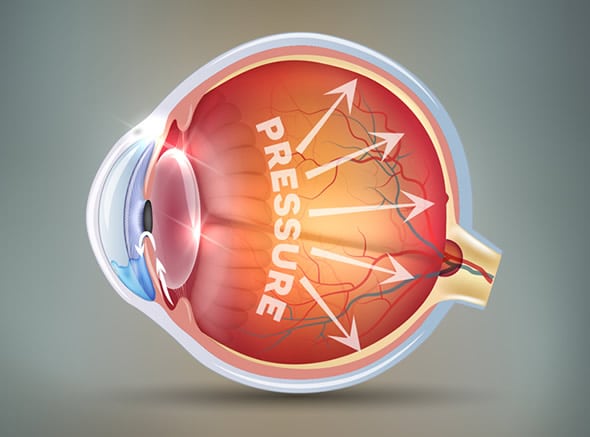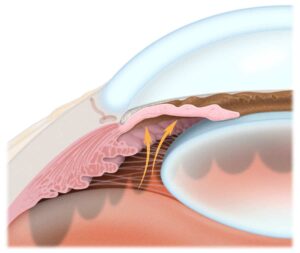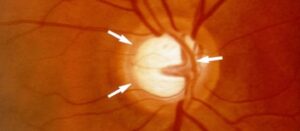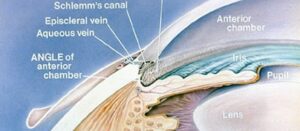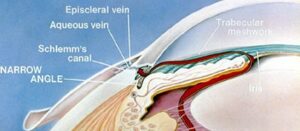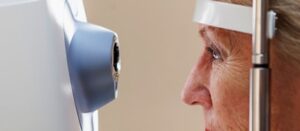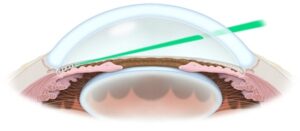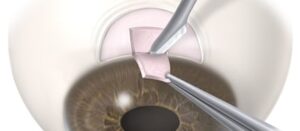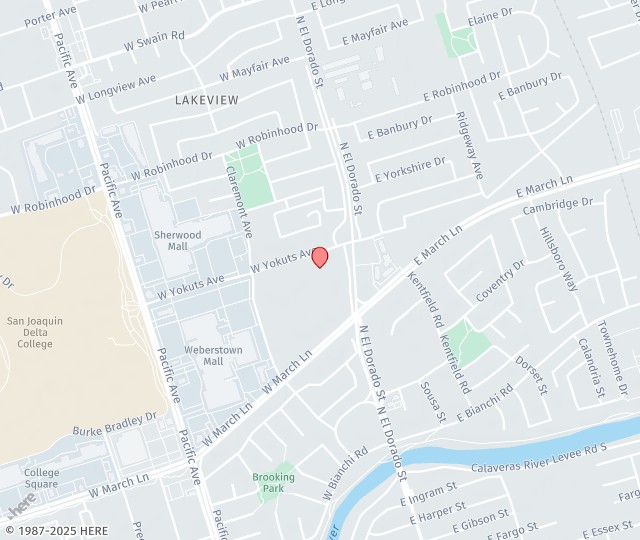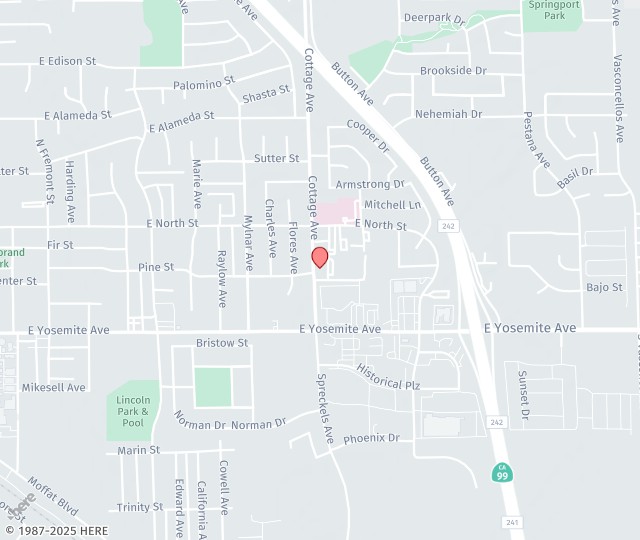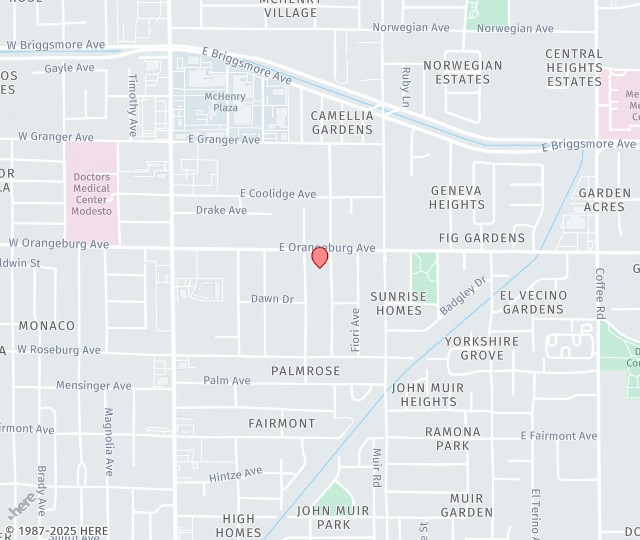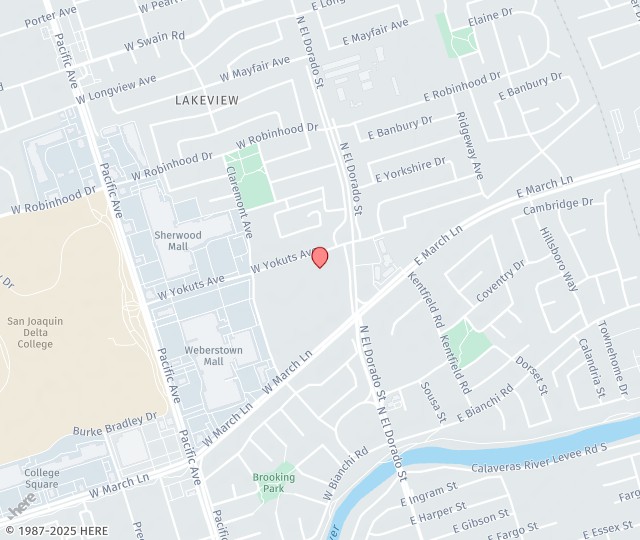What is Glaucoma?
Glaucoma is a medical condition where the pressure within the eye is higher than what the eye can safely maintain, causing a progressive optic nerve damage that leads to vision loss. It is one of the leading causes of adult blindness worldwide. It is estimated that over three million Americans have some type of glaucoma and half of them do not know it. Although glaucoma cannot be cured, it can usually be controlled to slow the progression of vision loss.
SCHEDULE AN APPOINTMENT
If you would like to learn more about Glaucoma Treatment in Stockton, Modesto, & Manteca, CA call +1 (209) 239-5303 to make an appointment at Central Valley Eye Medical Group.
FAQ
There are three components of the eye that are key to understanding how glaucoma develops. The first is the optic nerve, which acts as the cable that connects and transmit the image your eye is seeing to your brain. The second, is the ciliary body, which is the structure within the eye that produces the fluid that circulates within the eye. The third component is the trabecular meshwork in the iridociliary angle. This “meshwork” in the “angle” of the eye is the drain of the eye. It is responsible for draining the fluid produced inside the eye by the ciliary body. When this balance of production and drainage is disrupted, the fluid can become retained within the eye causing increased pressure inside the eye (intraocular pressure). It is this increased eye pressure that causes damage to the optic nerve. Initially, most patients who have glaucoma do not have any symptoms, even though there is optic nerve damage and vision loss. But, eventually, untreated glaucoma can cause permanent peripheral vision loss that eventually can lead to tunnel vision and blindness.
Glaucoma can be grouped into two categories: open angle glaucoma and closed angle glaucoma. The trabecular meshwork functions as the drain of the eye and is located within the iridociliary angle of the eye. Identifying whether a glaucoma patients has an open or closed “angle” is important as it defines whether the drain of the eye is open or closed. This in turn affects the treatment needed.
Open Angle Glaucoma
Open angle glaucoma is the most common type of glaucoma and encompasses a group of diseases in which glaucoma develops despite an open angle. To differentiate between open vs closed angle glaucoma your eye doctor will conduct a special examination of your eye called gonioscopy. There are many types of open angle glaucoma but some common types include: primary open angle glaucoma, pigmentary glaucoma, pseudoexfoliation glaucoma, steroid induced glaucoma, hemolytic glaucoma, and angle recession glaucoma.
Closed Angle Glaucoma
Patients with closed angle glaucoma (narrow angle glaucoma, angle closure glaucoma) have a narrow or completely closed angle in which the trabecular meshwork no longer is functioning properly. This causes fluid buildup within the eye and higher eye pressures. There are many types of closed angle glaucoma but the some common types include: primary angle closure glaucoma, neovascular glaucoma, and chronic angle closure glaucoma.
Most patients with closed angle glaucoma have no symptoms but their slowly increasing eye pressures causes damage to their optic nerve over time. Some patients, however, can develop an acute angle closure attack (acute angle closure glaucoma) in which the pressure is normal one moment, but in the next can suddenly rise. This sudden change can cause severe pain, decreased vision, and rapid development of glaucoma. These attacks can be caused by dilation drops and certain cold, allergy, urologic, and anti-depressant medications. Prevention of these attacks in susceptible individuals typically require either a laser peripheral iridotomy or a cataract surgery.
Typically glaucoma does not have any symptoms despite ongoing optic nerve damage and vision loss. This is because glaucoma typically affects peripheral vision prior to affecting the central vision of patients.
In more advanced case of glaucoma symptoms could include:
- Gradual loss of peripheral vision (the top, sides and bottom areas of vision)
- Seeing halos around lights
- Reduced visual acuity (especially at night, that is not correctable with glasses)
The exception to the rule is an acute angle closure attack in a patient with closed angle glaucoma. The onset of an acute angle closure attack is typically rapid, and can cause significant symptoms which include:
- Inflammation and pain
- Pressure over the eye
- Cloudy cornea
- Blurring and decreased visual acuity
- Extreme sensitivity to light
- Seeing halos around lights
- Nausea and/or vomiting
Moderate pupil dilation that’s non-reactive to light
The majority of cases of glaucoma are not caused by any specific factor. Some patients unfortunately develop glaucoma as they age for no clear reason. Glaucoma does tend to cluster in certain ethnicities and run in families, but identifying who specifically is at greatest risk is still an ongoing area of research.
However, there are specific conditions and scenarios that can increase an individual’s risk of glaucoma.
Causes/Risks of Open Angle Glaucoma
- Eye trauma or prior eye surgery
- Pseudoexfoliation Syndrome
- Pigment Dispersion Syndrome
- Myopia (near-sightedness)
- Steroid use
- Inflammation within the eye (uveitis)
- Arteriovenous malformations
- Thyroid eye disease
- Tumors
- Superior vena cava syndrome
- Bleeding within the eye
Causes/Risks of Closed Angle Glaucoma
- Hyperopia (far-sightedness)
- Uncontrolled Diabetes
- Ocular vascular diseases, including retinal vein and artery occlusions
- Tumors
- Inflammation within the eye (uveitis)
- Eye trauma or prior eye surgery
- Unstable or large intraocular lens
- Use of specific medications: dilation drops and certain cold, allergy, urologic, and anti-depressant medications
